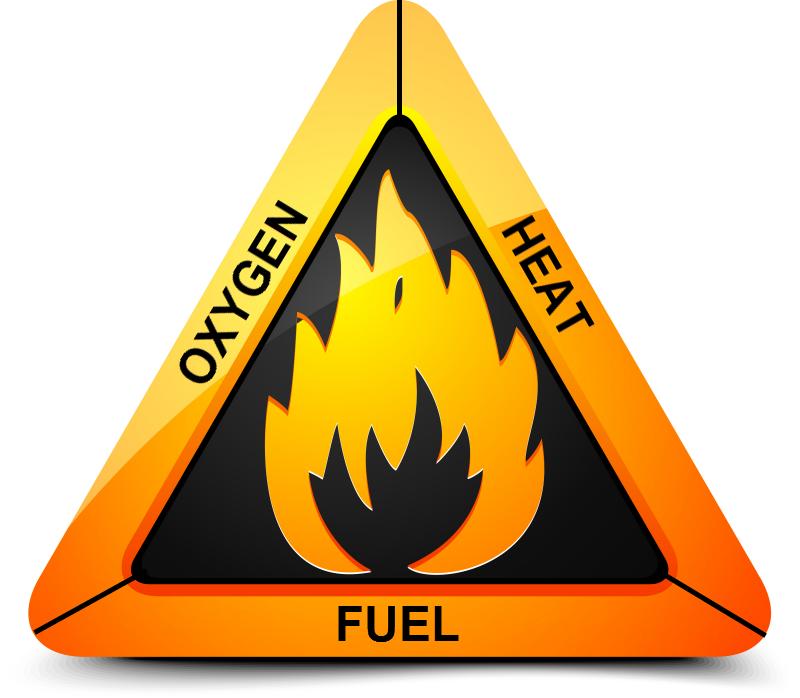Looking at non-fiction texts requires different techniques to analysing a fiction text.
A fiction text will often require you to understand literary techniques and language devices, whereas a non-fiction text might be filled with more facts, opinions and rhetorical devices.
You might also have to think about why a text has been written and who a text has been written for. This is its purpose and audience.

In this activity, you will look at a non-fiction text and begin to develop your understanding of how the writer ensures they communicate with the audience and achieves their purpose.
Have a read through the text and get ready to answer some questions!
.jpg)
Fire safety is a critical aspect of our daily lives. While we often take it for granted, being aware of and prepared for potential fire hazards can save lives and prevent property damage. Fire prevention and preparedness are the most crucial steps in fire safety. The goal is to reduce the risk of fire occurring in the first place but be ready if it occurs. Here are some key fire safety measures:
1. Properly Store Flammable Materials: Keep flammable materials, such as petrol, chemicals, and aerosol cans, in well-ventilated areas away from heat sources and open flames.
2. Electrical Safety: Inspect and maintain electrical systems regularly, avoiding overloaded circuits and using surge protectors when necessary.
3. Smoke Alarms: Install smoke alarms outside sleeping areas and on every level of your home. Test them monthly and replace batteries at least once a year.
4. Fire Extinguishers: Keep fire extinguishers in accessible locations and learn how to use them. Different types are suitable for various fire types, so choose accordingly.
5. Escape Plans: Develop and practise a fire escape plan with your family. Ensure that everyone knows multiple escape routes from each room.
Sometimes, regardless of prevention and preparedness, a fire can still start. In the event of a fire, a swift and organised response can save lives:
1. Evacuation: If you discover a fire, your primary focus should be to evacuate immediately. Close doors behind you to slow the fire's progress.
2. Stop, Drop, and Roll: If your clothing catches fire, remember to stop, drop to the ground, and roll to smother the flames.
3. Stay Low: If escaping a smoke-filled area, crawl close to the ground, as cleaner, cooler air will be closer to the floor.
4. Use a Fire Extinguisher: If the fire is small and can be controlled with a fire extinguisher, use it according to the manufacturer's instructions.
Fire safety is a responsibility we all share. By taking measures to prevent fires, being prepared, and responding effectively, we can protect ourselves, our loved ones, and our property. Stay informed, stay vigilant, and make fire safety a top priority in your life.









